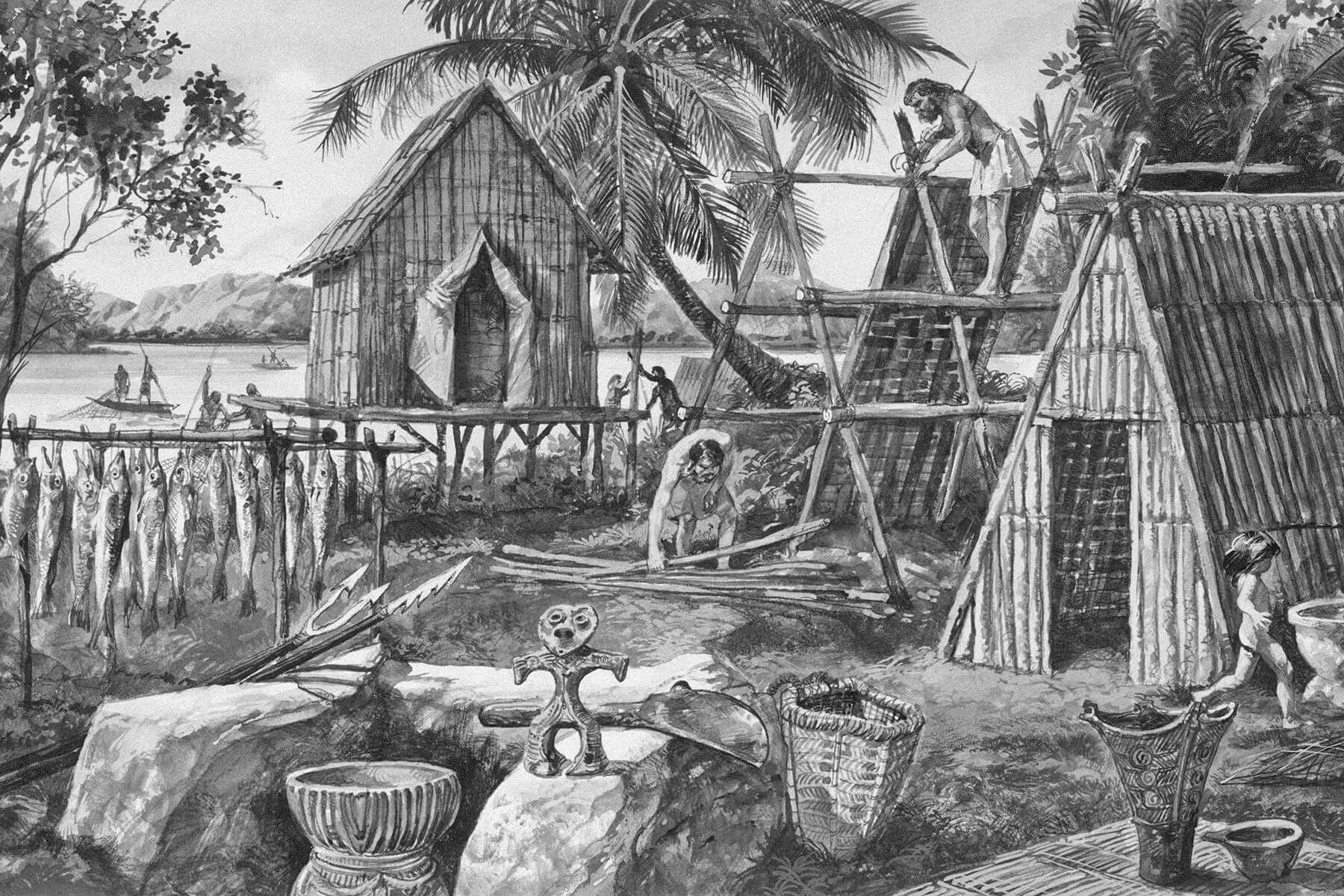| For many families, disposable income was scarce, and the durable fabric from food sacks offered a rare opportunity for new clothing. To hide any sign of poverty, home sewers soaked off labels, dyed the fabric, and added embellishments. Eventually, distributors noticed the second life their bags were getting and saw an opportunity to make their products stand out. By 1925, Gingham Girl Flour offered bags in a variety of colors with labels that were easy to wash off, and the Textile Bag Manufacturers Association published a how-to book on sewing dresses from flour sacks. As even more households made use of feedsack dresses during the extra-frugal years of the Great Depression, other brands followed suit. One flour sack manufacturer even started offering "Tint-Sax" in a variety of pastel colors. Floral flour sacks were all the rage. |
| Demand for inexpensive textiles remained high throughout World War II, and wartime rations put strict limitations on ready-made women's clothing. Because cotton was restricted to military and industrial use, cloth from flour bags was among the only material available for homemade clothes. Suddenly, sewing with sacks became a mainstream, patriotic act, and women would buy, sell, and swap bags with neighbors. Department stores such as Macy's even began stocking fashions made from sacks. In the 1950s, bags came in even more fabrics and styles, including denim and Disney prints, and trade groups held sewing contests to keep up interest — one second-place dress from 1959 is even part of the Smithsonian Museum of Natural History collection. By the 1960s, however, interest in feedsack dresses started to wane, and manufacturers increasingly packed flour and sugar in paper bags instead. |













No comments:
Post a Comment